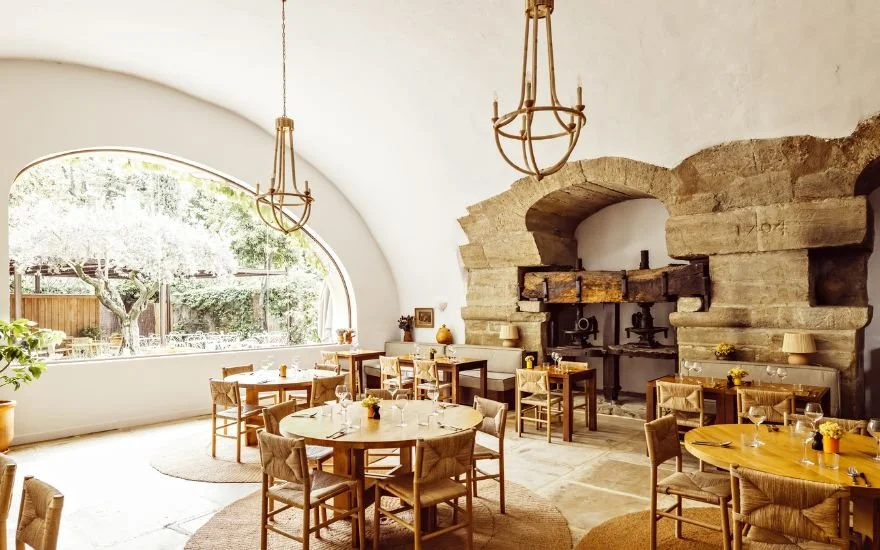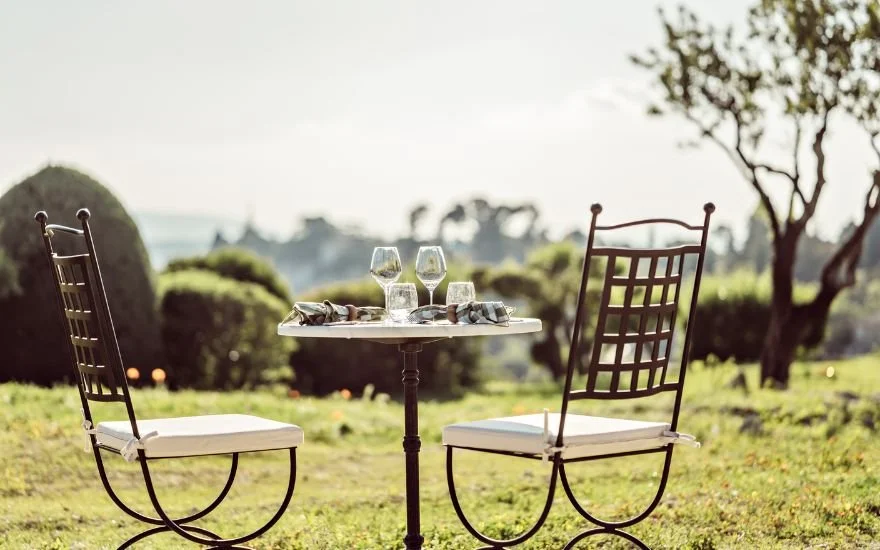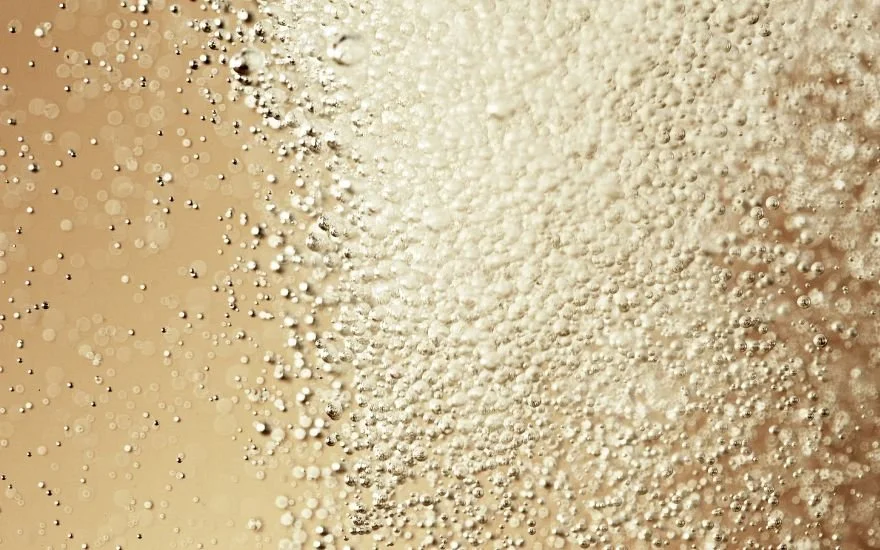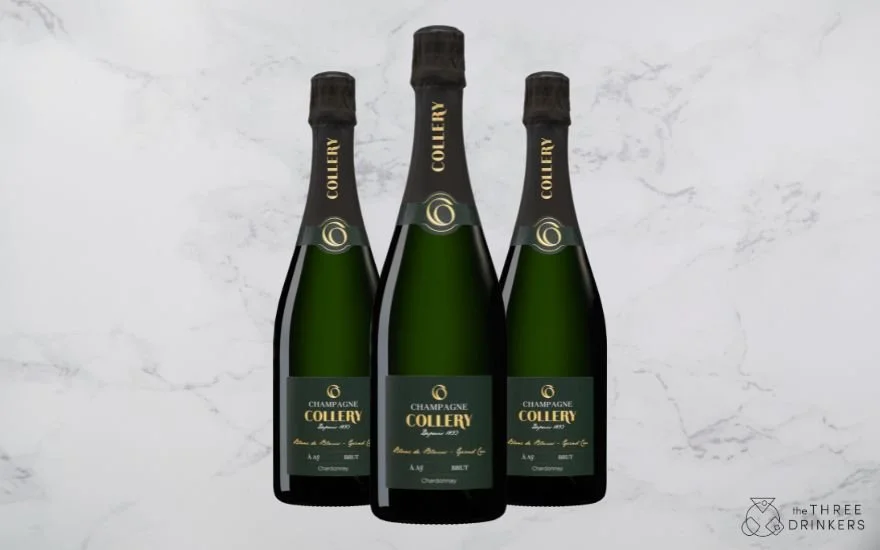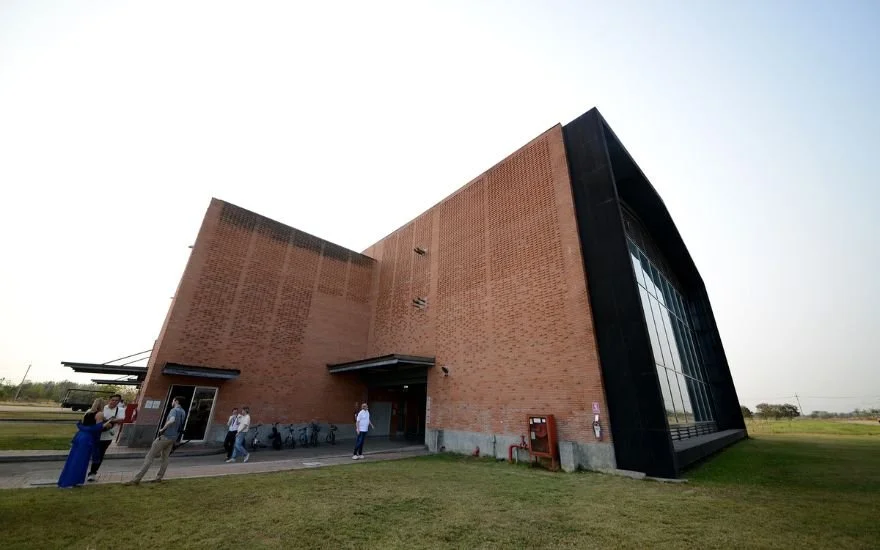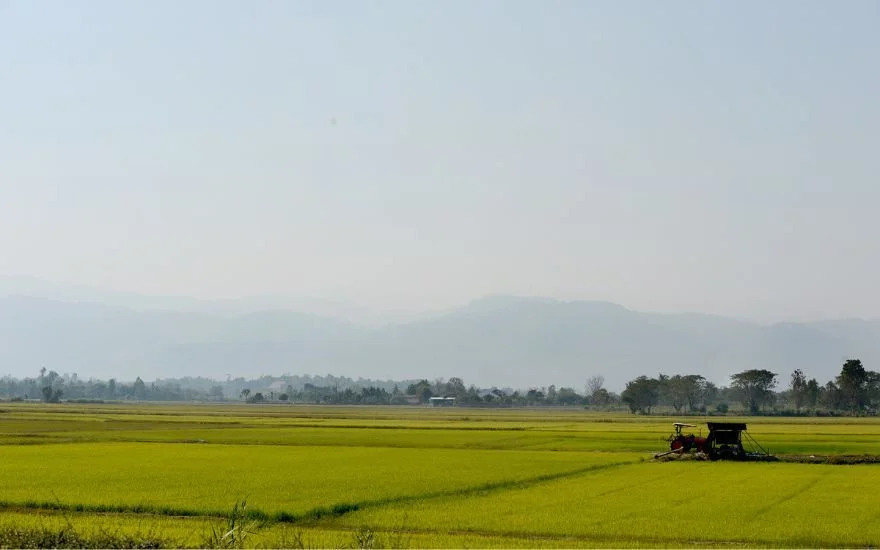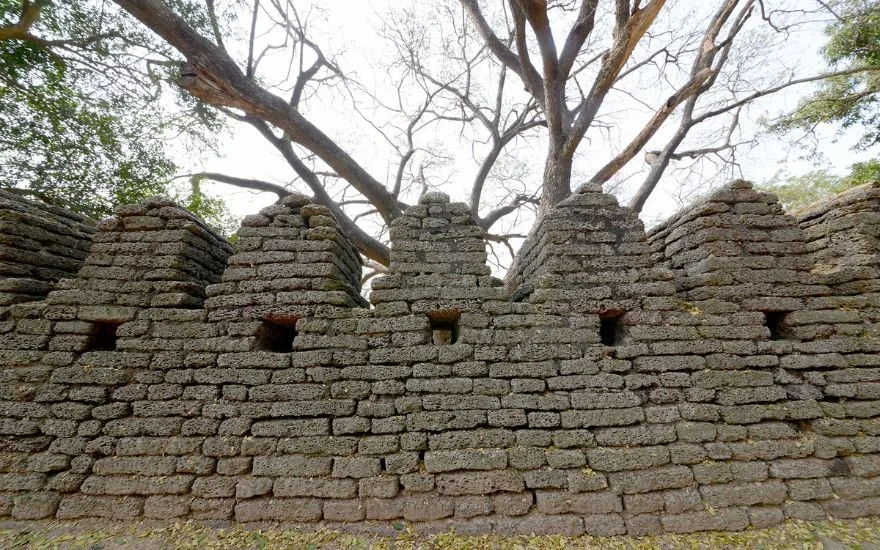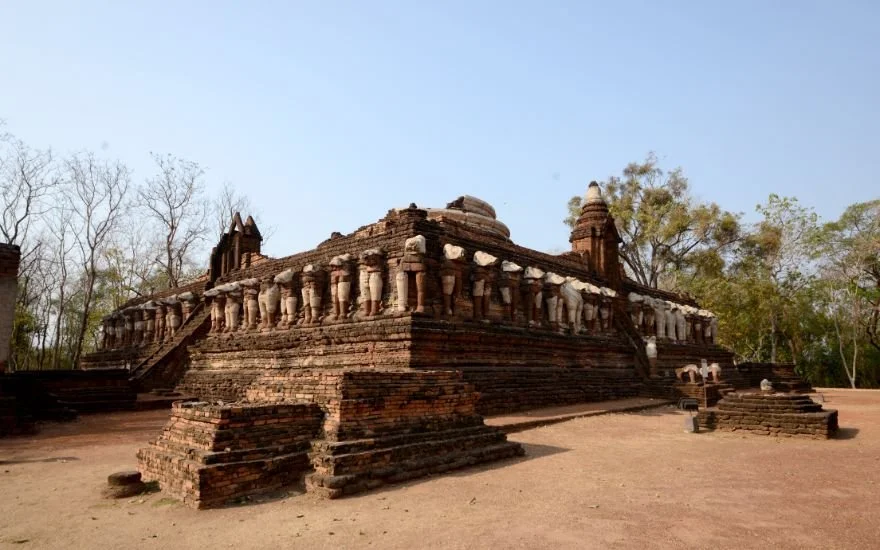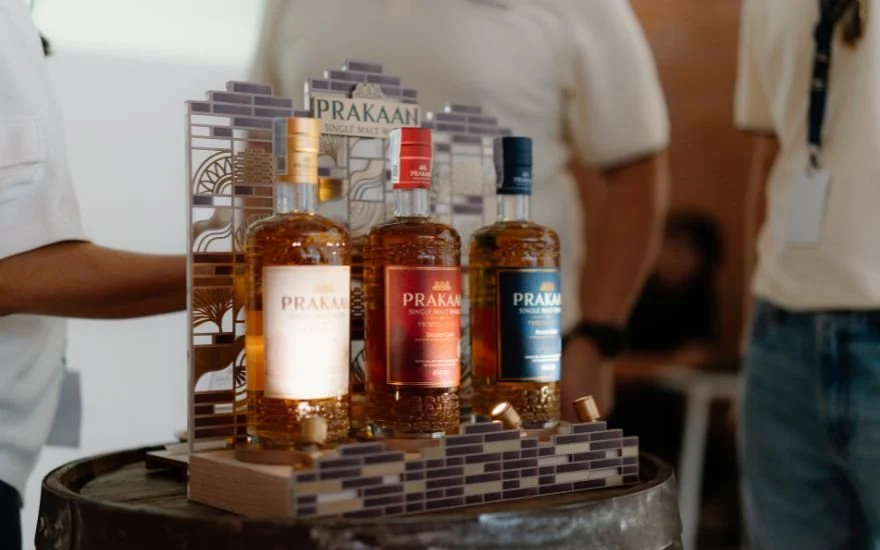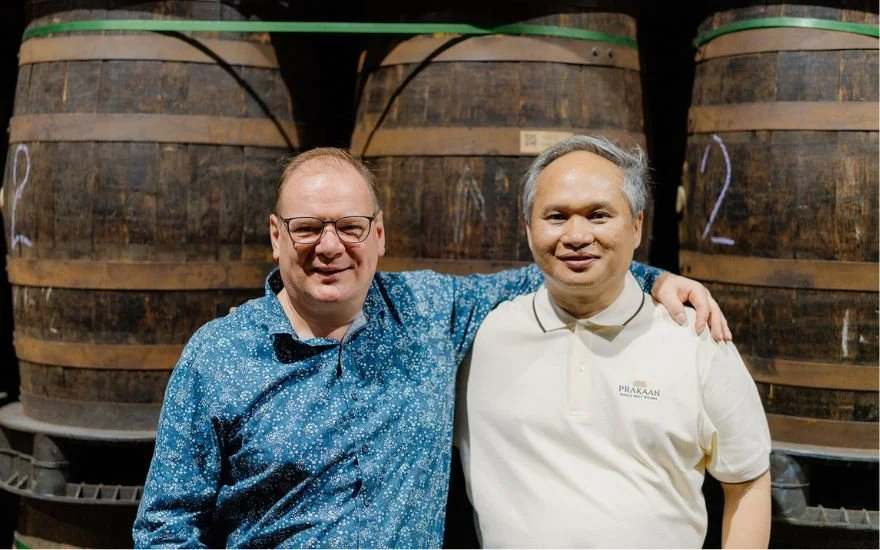Tucked away within the rolling hills of the Cotswolds, Foxhill Manor is not just another five-star retreat. This eight-bedroom hideaway redefines what a luxury escape can feel like, blending manor-house grandeur with a spirit of playfulness and indulgence. It’s the kind of place where you’re encouraged to loosen the tie, ditch the schedules, and sink into an experience that feels as if it were designed just for you.
A Manor with Personality
Perched on the 500-acre Farncombe Estate, Foxhill Manor wears its history with style. Each corner of the property radiates classic charm, yet the atmosphere is surprisingly relaxed. Guests are encouraged to treat the manor as their own: wander into the pantry for a late-night snack, curl up in a reading nook with a glass of wine, or flop down in The Dencinema room with a bowl of popcorn and your Netflix password. It’s this blend of grandeur and informality that gives Foxhill its magic.
Bedrooms with Character
With only five bedrooms and three suites, Foxhill Manor feels more like a grand private home than a hotel. Each room has its own distinct personality, creating a sense of intimacy and individuality.
The Juniper Room offers a spacious ground-floor layout with a freestanding bath that practically demands a long soak. The Birch Room brings elegance with bespoke furnishings and a welcoming seating area. For art lovers, the Chestnut Room is adorned with unique pieces and a king-size bed at its centre, while the Maple Room is bright and airy with serene garden views. The Willow Room, with its floral décor and iron bed, evokes the charm of a countryside cottage.
Suites offer an extra touch of theatre. The Beech Suite pairs nature-inspired wallpaper with a claw-foot tub. The Hazel Suite delivers playful character, with its Chesterfield sofa and window seat overlooking the Vale of Evesham. Most striking of all, the Oak Suite boasts twin freestanding bathtubs positioned by the bay window, making it a dream for couples looking for a romantic escape. Each space strikes its own balance between homely comfort and refined design, ensuring every stay feels personal.
Dining Without Boundaries
One of the highlights of Foxhill Manor is the daily chef’s menu. Here, “personalised dining” isn’t a marketing phrase — it’s the core philosophy. Forget rigid meal slots and fixed menus. Instead, Chef James Sleep meets with guests to design meals around their preferences, using seasonal and locally sourced produce. Whether it’s a light salad with a zing of Cotswold herbs or a decadent dish showcasing game from nearby estates, every plate feels both spontaneous and thoughtful.
It’s this sense of freedom that impresses most. Dining here feels less like ordering from a menu and more like having your own private chef, crafting each dish with care and creativity.
The Bar That Keeps on Giving
Foxhill Manor takes the concept of an “open bar” and elevates it into something rather special. Guests are free to help themselves to a treasure trove of spirits, mixers, and house Champagne, with cocktails shaken up on request. The breadth of choice is impressive — whether it’s a crisp G&T, a smoky whisky nightcap, or something bright and bubbly to kick off an afternoon, the bar has it covered.
For wine lovers, the list is equally pleasing, offering both familiar favourites and local surprises. Combined with the welcoming attitude of the staff — who happily encourage a glass in hand while roaming the house — it makes the experience feel more like staying at a private country house party than at a hotel.
Grounds of Sublime Beauty
Of course, no Cotswolds escape would be complete without its surroundings, and the grounds here are sublime. Stroll out of the front door and you’re greeted with sweeping lawns, woodlands, and views across the Vale of Evesham. It’s the kind of place that slows the pulse and quiets the noise of everyday life.
For those in the mood for something more invigorating, the estate has plenty of trails and pathways for brisk walks before returning to the comfort of the manor. But equally, there’s immense joy in simply sitting outside with a glass of Champagne, letting the scenery do the talking.
The Magic of the Hot Tub
And then there’s the hot tub — a feature that deserves its own spotlight. Nestled outdoors with panoramic views, it feels particularly magical at dusk when the sky blushes pink and the estate falls quiet. For couples, it’s hard to imagine a more romantic setting. Bubbles in the glass, bubbles in the tub, and the gentle hum of nature all around. It’s the kind of memory that lingers long after checkout.
Beyond the Manor
Guests also enjoy complimentary access to the House Spa at sister hotel Dormy House, where an infinity pool, hydrotherapy hot tub, and thermal suite await. It’s a seamless extension of the indulgence, offering yet another layer of relaxation. Add in the complimentary transfers into the chocolate-box village of Broadway and Foxhill really does tick every box, from countryside seclusion to local exploration.
The Verdict
Foxhill Manor isn’t trying to be a traditional luxury hotel. It’s carving out its own category: intimate, indulgent, and joyfully free of rules. This is a rare kind of luxury — not one defined by formality or hushed tones, but by the freedom to make yourself completely at home in surroundings that are anything but ordinary.
Whether you’re planning a romantic escape, a celebratory weekend, or simply a chance to spoil yourself rotten, Foxhill Manor delivers in spades. With nightly rates starting from £920 for two (including the Full Fox all-inclusive experience), it’s an investment. But for those special occasions when you want everything — food, drink, comfort, and service — to be utterly seamless, this Cotswolds gem proves itself worth every penny.




